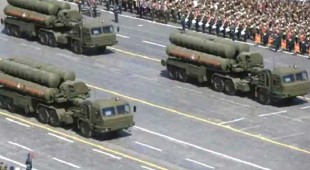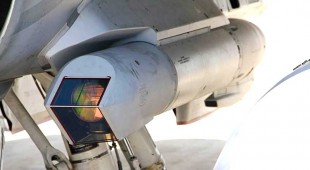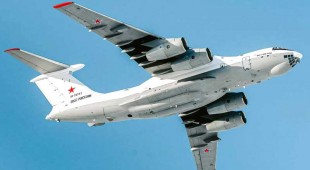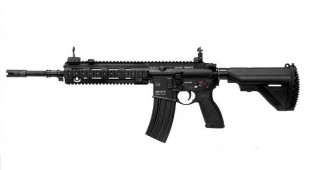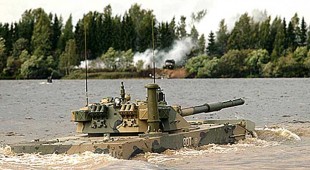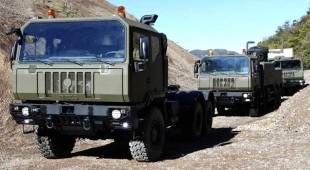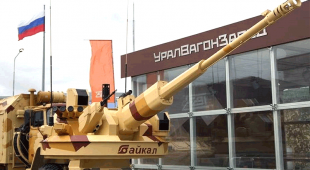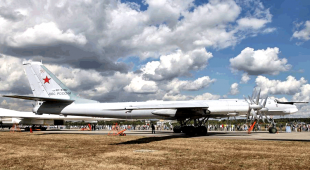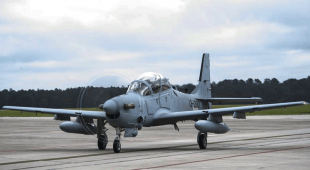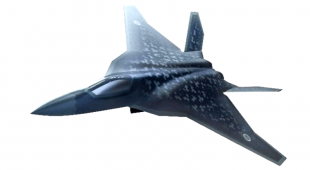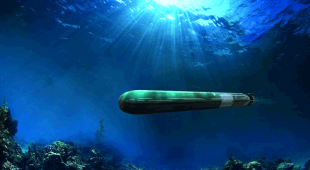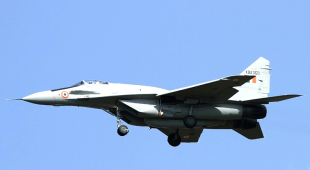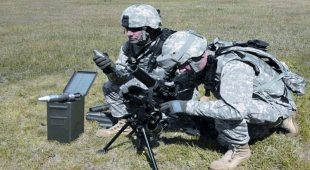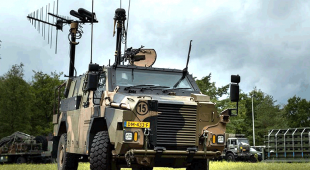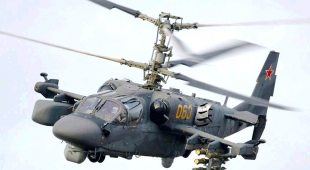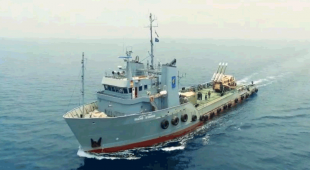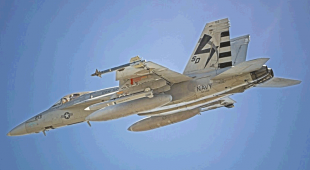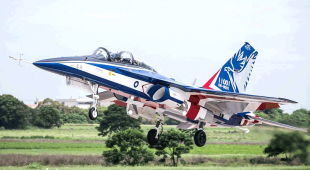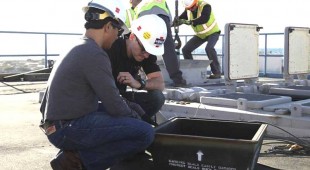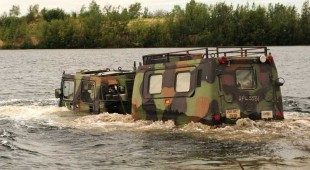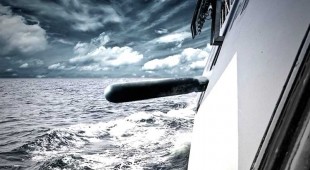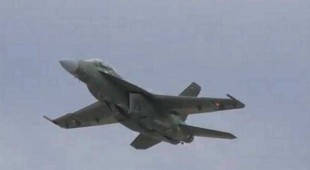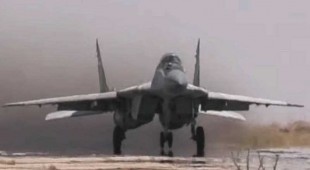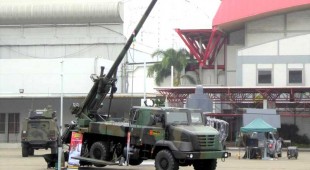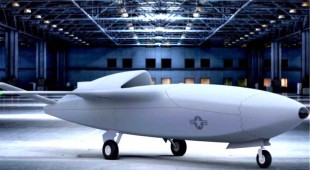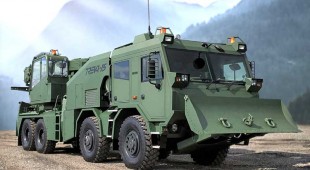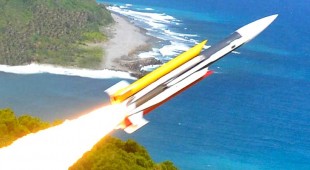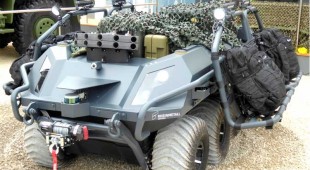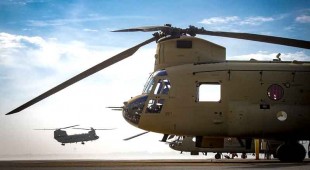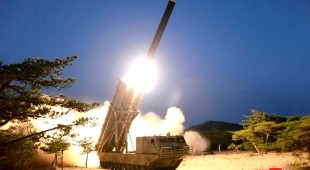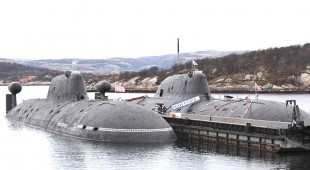Russian S400 air defense missile system reaches ballistic target at 400 km
01-May-2020
The Russian MoD reported the above-mentioned test on April 28. The report says an S-400 air defense missile system (ADS) of an Eastern Military District’s (Vostochniy Voyenniy Okrug, VVO) employed the system to shoot down simulated ballistic missiles at the Telemba range (the Republic of Buryatia). “According to the scenario, a simulated enemy fired ballistic missiles to destroy the pieces of infrastructure at a military compound. The crews of the S-400 systems locked on the targets at a distance of approximately 400 km, tracked them, and destroyed the threats,” said the MoD, adding that the Favorit-RM and Armavir hypersonic jet targets had been used to imitate the attacking missiles.
The S-400 ADS is designed to engage strategic aircraft and tactical aerial systems, ballistic missiles, hypersonic threats, and other air attack assets in an electronically contested environment, says the MoD. The Triumf engages aerodynamic and ballistic targets at distances of up to 400 km and up to 60 km, respectively. The S-400’s target engagement altitude lays between several meters and several dozen kilometers. It should be mentioned that the system allows its crew to engage ballistic targets flying at a speed of up to 4.8 km/s.
The above-mentioned interception is reported to be the first confirmed test of the S-400 against high-speed ballistic missiles. According to Russia’s Rosoboronexport arms exporter (a subsidiary of state corporation Rostec), the export-oriented modification of the Triumf shoots down ballistic targets at a range between 5 km and 60 km, with target engagement altitudes laying between 2 km and 25 km. The full S-400 ADS simultaneously guides up to 160 surface-to-air missiles (SAMs) and engages up to 80 aerial targets.
Such a performance provides the Triumf with a positive market outlook. Compared to its closest competitor, the US-made Patriot PAC-3 (Patriot Advanced Capability 3) ADS, the S-400 engages almost twice as many aerial targets (the PAC-3 keeps its eye at some 40 aerial vehicles) and has an advantage in terms of tracking (the PAC-3 tracks some 125 aerial targets). At the same time, the Patriot is a strong peer-to-peer market player and should not be written off: it is an efficient system, which is capable of dealing with most aerial threats on the modern battlefield.
Another competitor of the S-400 in the global market of long-range air defence assets is the HQ-9A system, which has been designed by the defense industry of the People’s Republic of China (PRC). The HQ-9A is a modernized copy of an earlier variant of the S-300 (SA-10 Grumble) long-range SAM system and fails to compete with both S-400 and Patriot in terms of reliability and combat effectiveness.
The PRC also markets its new LY-80 medium-range SAM system. However, this air defense weapon is reported to have a relatively bad performance when engaging cruise missiles: the LY-80 detects them at a distance of no more than 20 km. This disadvantage dramatically reduces its anti-missile capabilities: the LY-80 cannot be referred to as a ‘missile killer’.
Source: armyrecognition.com










































